Halloween Sports Culture
Exploring The Overlap Between Athletics And Ritual Celebration Why Halloween And Sports Can Strengthen Each Other Through Shared Energy, Identity, And Community
Halloween and sports both thrive on performance, identity, and collective emotion. They share a calendar, but rarely a conversation. October is a peak month for athletic competition, with major leagues in full swing and school sports in seasonal transition. Meanwhile, Halloween builds toward its crescendo of costumes, storytelling, and symbolic transformation. Both traditions rely on ritual—whether it’s a pre-game chant or a costume reveal. Yet their overlap remains underdeveloped. Sports venues offer theatrical lighting, crowd dynamics, and emotional highs—ideal conditions for Halloween integration. Costume-friendly games, themed tournaments, and symbolic gestures could deepen fan engagement and expand cultural reach. Halloween can bring new audiences to sports, while sports can give Halloween new platforms for movement, identity, and shared joy. Together, they offer a richer canvas for seasonal celebration.
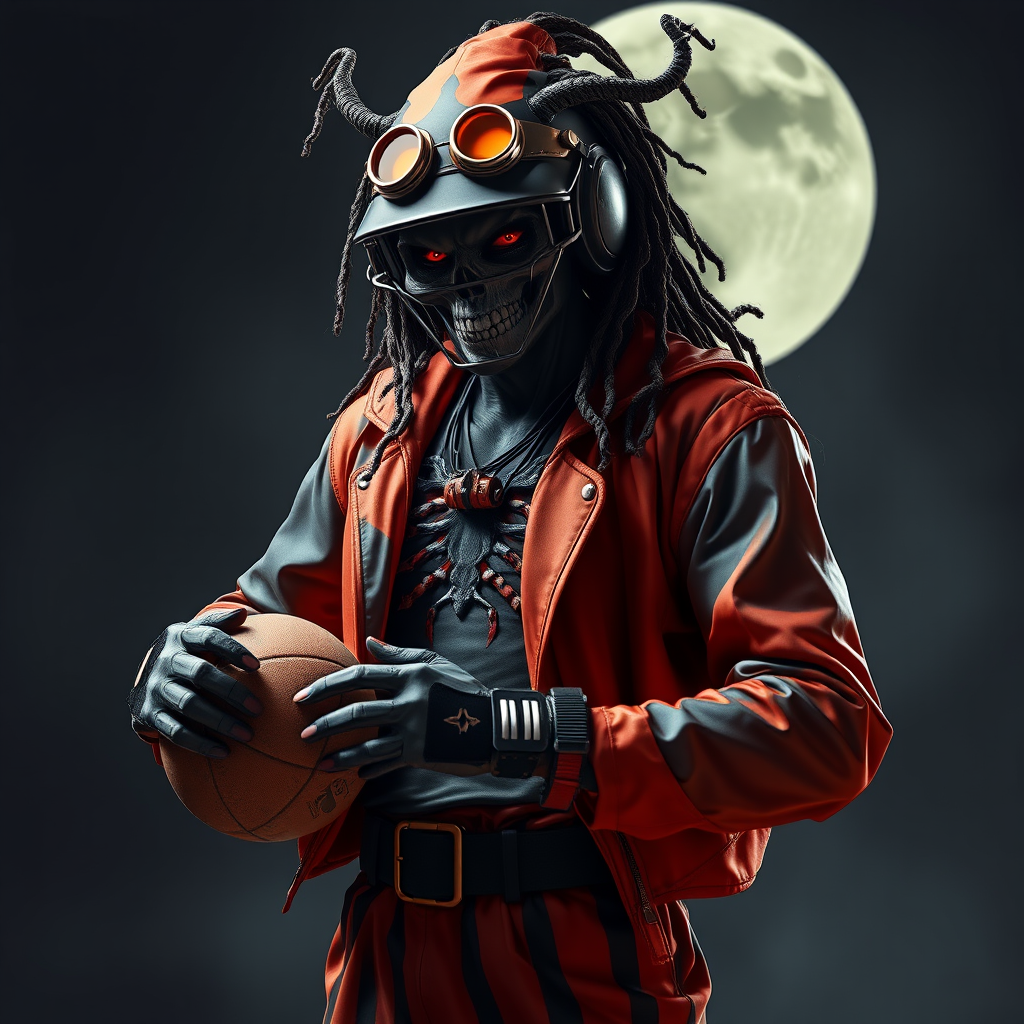
Themed Events That Build Atmosphere
How Halloween Enhances Sports Venues With Immersive, Inclusive Energy Why Seasonal Integration Creates Memorable Fan Experiences And Expands Cultural Reach
Stadiums and courts are natural stages for Halloween expression. Themed games—where fans dress up, mascots wear seasonal costumes, and players enter through fog or flame—create unforgettable atmospheres. These events encourage participation across age groups, making sports more accessible to families and casual fans. Costume contests, pumpkin-decorated bleachers, and eerie soundtracks add sensory depth to the experience. Teams can offer limited-edition jerseys in Halloween palettes or introduce themed merchandise that blends athletic identity with seasonal flair. More importantly, these integrations foster emotional connection. Fans feel part of something larger than the game—a ritual that blends sport with story. When executed with care, Halloween elements don’t distract from competition; they enrich it. The result is a hybrid celebration that invites creativity, community, and play.
| Event Type | Sports Integration Example | Fan Benefit | Cultural Impact |
|---|---|---|---|
| Costume Game Night | Fans dress up at stadium | Increased participation | Seasonal storytelling |
| Themed Merchandise | Halloween jerseys, gear | Collectible appeal | Brand extension |
| Spooky Entrances | Fog, lights, music | Emotional immersion | Ritual atmosphere |
| Mascot Costumes | Seasonal character play | Family-friendly engagement | Visual humor and identity |
| Halloween Food Stalls | Pumpkin treats, themed drinks | Sensory novelty | Local flavor integration |
Youth Engagement Through Seasonal Play
How Halloween Can Inspire Movement, Creativity, And Athletic Participation Why Sports Organizations Should Embrace Halloween To Reach New Generations
Children are central to both Halloween and youth sports. Combining the two creates powerful entry points for physical activity and imaginative expression. Trick-or-treat circuits with athletic stations—mini-games, obstacle courses, or skill challenges—can promote movement while preserving the festive spirit. Costume-friendly practices allow young athletes to dress up while training, turning drills into playful rituals. These events reduce pressure and increase joy, especially for beginners. Halloween-themed clinics can teach basic skills through imaginative scenarios: dodgeball with “ghosts,” relay races with “witches,” or soccer with “monster goals.” This approach builds emotional memory around sport, making it feel less like obligation and more like celebration. Coaches and educators can use Halloween to reinforce teamwork, creativity, and seasonal awareness. The result is a more inclusive, engaging, and memorable athletic experience.
| Youth Activity Type | Halloween Integration | Physical Benefit | Emotional Outcome |
|---|---|---|---|
| Trick-Or-Treat Circuit | Skill stations with rewards | Movement and coordination | Joy and anticipation |
| Costume Practice | Themed gear during drills | Comfort and flexibility | Self-expression |
| Themed Clinics | Ghost dodgeball, monster soccer | Skill development | Imaginative play |
| Relay Challenges | Witch races, pumpkin toss | Speed and teamwork | Laughter and bonding |
| Story-Based Warmups | Roleplay stretches and games | Mobility and focus | Narrative immersion |
Athletic Identity And Symbolic Costuming
How Halloween Can Deepen The Emotional Language Of Sports Why Costumes And Rituals Can Reinforce Team Culture And Personal Expression
Athletes already perform symbolic roles—warrior, guardian, strategist, rebel. Halloween offers a chance to explore these archetypes more consciously. A team might dress as historical figures, mythical creatures, or elemental forces to express shared values. Individual athletes could choose costumes that reflect personal journeys—overcoming injury, rising through adversity, or embracing leadership. These choices add emotional texture to competition. They also invite fans to engage with players beyond stats and scores. Symbolic costuming doesn’t replace uniforms—it complements them. It turns warmups, entrances, and post-game rituals into moments of storytelling. When teams embrace Halloween as a symbolic language, they build deeper bonds and richer narratives. Sport becomes not just a contest, but a myth in motion.
| Costume Archetype | Athletic Parallel | Symbolic Meaning | Team Benefit |
|---|---|---|---|
| Warrior | Defender, enforcer | Strength and protection | Unity and focus |
| Trickster | Playmaker, strategist | Surprise and creativity | Tactical flexibility |
| Healer | Recovery, resilience | Care and transformation | Emotional depth |
| Elemental Spirit | Speed, power, flow | Natural force and rhythm | Identity and cohesion |
| Time Traveler | Veteran, visionary | Legacy and foresight | Leadership and continuity |
Seasonal Rituals That Reinforce Team Culture
How Halloween Traditions Can Strengthen Athletic Bonds And Emotional Resilience Why Ritual Behavior Matters In Sport And Celebration Alike
Rituals are central to both Halloween and sports. From locker room chants to costume reveals, these behaviors shape emotional rhythm and group identity. Halloween offers a seasonal framework for new rituals: team pumpkin carving, symbolic mask exchanges, or themed goal celebrations. These practices build trust, reduce stress, and create shared memory. They also help athletes navigate transitions—new roles, injuries, or competitive pressure. Rituals don’t need to be elaborate; they need to be consistent and meaningful. Coaches can use Halloween to introduce reflective practices, like writing down fears and burning them in symbolic release. Teams can mark seasonal milestones with creative gestures that blend sport and story. When rituals are intentional, they become tools for emotional resilience and cultural continuity.
| Ritual Type | Halloween Adaptation | Emotional Function | Team Impact |
|---|---|---|---|
| Pre-Game Chant | Seasonal phrasing or rhythm | Focus and unity | Energized mindset |
| Symbolic Object | Mask, token, or charm | Identity and protection | Shared meaning |
| Reflective Practice | Fear release or goal setting | Emotional clarity | Personal growth |
| Seasonal Milestone | Costume reveal or themed award | Celebration and transition | Memory and motivation |
| Group Creation | Pumpkin carving or story circle | Collaboration and bonding | Trust and cohesion |
Community Outreach Through Seasonal Sport
How Halloween-Themed Athletics Can Strengthen Local Identity And Social Inclusion Why Sports Clubs And Community Centers Should Embrace Halloween As A Tool For Connection
Local sports clubs are often the heartbeat of a community, and Halloween offers a unique opportunity to expand their reach. Hosting themed events—like costume fun runs, haunted obstacle courses, or pumpkin-themed skill clinics—can draw in families who might not otherwise engage with athletics. These gatherings create low-pressure environments where movement is celebrated, not measured. They also allow clubs to showcase their values: inclusion, creativity, and community care. Halloween events can be adapted for all ages and abilities, from toddler-friendly games to adaptive sports challenges. Local businesses can partner and develop community branding by donating prizes, costumes, or refreshments, reinforcing neighborhood ties. These events also offer a platform for education—on nutrition, safety, or environmental sustainability—delivered in a festive, memorable format. When sports organizations embrace Halloween as a cultural bridge, they become more than training grounds; they become gathering places. The result is deeper trust, broader participation, and a stronger sense of belonging.
| Outreach Format | Halloween Integration | Community Benefit | Organizational Value |
|---|---|---|---|
| Costume Fun Run | Themed race with prizes | Family engagement | Visibility and goodwill |
| Haunted Obstacle Course | Spooky fitness challenge | Playful physical activity | Creative branding |
| Pumpkin Skills Clinic | Drills with seasonal props | Youth development | Coaching innovation |
| Inclusive Game Night | Adaptive costumes and rules | Accessibility and joy | Equity and inclusion |
| Partnered Festival | Local vendors and teams | Economic and social support | Cross-sector collaboration |
Seasonal Branding And Narrative Identity
How Halloween Can Deepen A Team’s Story And Strengthen Its Cultural Presence Why Seasonal Themes Offer More Than Marketing—They Offer Meaning
Sports teams are more than rosters—they’re stories. Halloween provides a seasonal lens through which teams can explore identity, legacy, and transformation. A team might adopt a temporary nickname, like “The Night Owls” or “The Iron Shadows,” to reflect the mood of the season. Uniforms can incorporate subtle design elements—moon phases, autumnal tones, or symbolic motifs—that align with Halloween’s themes. These choices go beyond aesthetics; they create emotional resonance. Fans respond to narrative arcs, not just statistics. Seasonal branding also allows teams to explore values like courage, mystery, or resilience in playful but powerful ways. Social media campaigns can feature player interviews about childhood costumes, fears overcome, or personal rituals. These stories humanize athletes and invite fans into a shared emotional space. Halloween becomes a narrative tool, not just a costume party. When teams embrace seasonal identity, they deepen their cultural footprint.
| Branding Element | Halloween Adaptation | Emotional Effect | Cultural Value |
|---|---|---|---|
| Temporary Nickname | “Night Owls,” “Iron Shadows” | Mood and intrigue | Seasonal identity |
| Uniform Detail | Moon, fog, or leaf motifs | Symbolic layering | Visual storytelling |
| Social Media Series | Player rituals and memories | Connection and nostalgia | Fan engagement |
| Themed Hashtags | Seasonal language and tone | Community participation | Digital visibility |
| Narrative Campaign | “Face Your Fear” or “Rise Again” | Motivation and myth | Brand depth |
Costume Design For Athletic Performance
How Halloween Looks Can Be Functional, Expressive, And Movement-Friendly Why Thoughtful Design Matters For Both Safety And Symbolism
Costumes in athletic settings must balance creativity with functionality. Unlike theatrical or party costumes, sports-integrated designs need to allow full range of motion, breathability, and safety. Lightweight fabrics, modular layers, and secure fastenings are essential. A cape that detaches easily, a mask with full peripheral vision, or a tunic that doubles as a warm-up layer—these are the hallmarks of smart design. Halloween offers a chance to rethink athletic wear as expressive, not just utilitarian. Teams can commission local designers to create limited-run pieces that reflect both performance needs and seasonal themes. Youth leagues can host design contests where players sketch their own costume-uniform hybrids. These projects teach design thinking, body awareness, and symbolic literacy. When athletes wear costumes that move with them, they embody their roles more fully. Halloween becomes a celebration of form, function, and imagination.
| Design Feature | Athletic Function | Costume Expression | Safety Consideration |
|---|---|---|---|
| Detachable Cape | No drag or entanglement | Drama and movement | Quick-release mechanism |
| Breathable Mask | Full airflow and vision | Mystery and identity | Non-obstructive fit |
| Modular Tunic | Layered for weather shifts | Archetype styling | Adjustable and secure |
| Reflective Accents | Visibility in low light | Futuristic or ghostly themes | Night safety |
| Stretch Fabric Base | Full mobility | Second-skin silhouette | Skin-safe and sweat-wicking |
Symbolic Movement And Seasonal Choreography
How Halloween Themes Can Inspire New Forms Of Athletic Expression Why Movement Matters As A Language Of Ritual And Identity
Athletic movement is already symbolic—each gesture, sprint, or stance carries emotional weight. Halloween invites athletes to explore this symbolism more consciously. A basketball team might choreograph a warm-up that mimics a summoning ritual. A runner might adopt a stride inspired by a mythic creature. These choices aren’t just theatrical—they deepen the athlete’s connection to their body and their role. Coaches can use Halloween to introduce movement metaphors: “run like a shadow,” “strike like lightning,” “defend like stone.” These metaphors activate imagination and improve performance by linking physical action to emotional intent. Movement becomes a form of storytelling, not just execution. Halloween also encourages improvisation—players might invent new gestures, celebrations, or stances that reflect their costume’s character. This playfulness builds confidence and creativity. When athletes move with symbolic awareness, they become more than competitors—they become characters in motion.
| Movement Theme | Athletic Application | Symbolic Layer | Performance Benefit |
|---|---|---|---|
| Shadow Sprint | Fast, low-profile running | Stealth and speed | Agility and focus |
| Lightning Strike | Explosive jump or shot | Power and precision | Timing and impact |
| Stone Guard | Defensive stance | Strength and stillness | Stability and control |
| Flame Flow | Continuous motion drills | Energy and transformation | Endurance and rhythm |
| Spirit Leap | High jump or dive | Risk and transcendence | Courage and reach |
Seasonal Scheduling And Event Design
How Halloween Timing Can Enhance Sports Calendars And Audience Engagement Why Coordinated Planning Creates Stronger Rituals And More Inclusive Participation
October is a month of overlap—sports seasons intensify just as Halloween approaches its peak. Coordinating schedules between athletic events and seasonal celebrations can create synergy rather than competition. A Friday night football game with a costume theme, or a weekend tournament paired with a Halloween fair, invites broader community participation. These events become multi-layered experiences: athletic, festive, and symbolic. Schools and clubs can use Halloween as a framing device for seasonal milestones—first matches, team bonding, or skill showcases. Planning ahead allows for better resource allocation, from lighting and decor to safety and accessibility. It also gives families time to prepare costumes that are movement-friendly and weather-appropriate. When sports calendars embrace Halloween as a cultural anchor, they build anticipation and emotional resonance. The result is not just higher attendance, but deeper memory. Halloween becomes a rhythm, not a disruption.
| Scheduling Strategy | Halloween Integration | Audience Benefit | Organizational Value |
|---|---|---|---|
| Friday Night Theme | Costume-friendly football game | Family attendance | Seasonal branding |
| Weekend Tournament | Paired with Halloween fair | Multi-generational appeal | Cross-event synergy |
| Seasonal Milestone | First match framed as ritual | Emotional significance | Team cohesion |
| Costume Planning Window | Announced weeks in advance | Creative preparation | Logistics and safety |
| Dual-Purpose Venue | Sport and celebration space | Immersive experience | Efficient resource use |
Inclusive Design For All Abilities And Backgrounds
How Halloween And Sports Can Collaborate To Celebrate Diversity And Accessibility Why Seasonal Events Should Reflect The Full Spectrum Of Human Experience
Halloween and sports both have the power to include—or exclude—depending on how they’re designed. Inclusive planning ensures that costumes, activities, and venues accommodate a wide range of abilities, identities, and cultural backgrounds. Adaptive sports programs can integrate Halloween themes without compromising safety or dignity. Costume guidelines should prioritize comfort, mobility, and sensory sensitivity. Events can offer quiet zones, visual schedules, and alternative participation formats. Cultural diversity matters too—Halloween means different things to different communities, and sports organizations should honor that. A themed event might include storytelling from multiple traditions, or costume categories that reflect global archetypes. Inclusion isn’t just ethical—it’s enriching. It brings new perspectives, new energy, and new stories into the fold. When Halloween and sports collaborate with care, they become tools for empathy and celebration. Everyone deserves to play, to dress up, and to be seen.
| Inclusion Strategy | Halloween Integration | Participant Benefit | Cultural Value |
|---|---|---|---|
| Adaptive Costume Design | Mobility-friendly materials | Comfort and dignity | Accessibility awareness |
| Sensory-Friendly Zones | Quiet areas and visual guides | Reduced stress | Neurodiversity support |
| Cultural Archetypes | Global costume categories | Representation and pride | Cross-cultural learning |
| Multi-Format Events | Active and passive options | Choice and flexibility | Broader engagement |
| Inclusive Promotion | Diverse imagery and language | Welcoming tone | Equity and visibility |
Teen Costumes As Creative Autonomy
How Adolescents Use Dress-Up To Explore Identity And Expression Why Halloween Is A Crucial Platform For Self-Styling And Symbolic Play
Teenagers often feel caught between childhood nostalgia and adult expectations. Halloween offers a rare space where they can experiment with identity through costume. Whether they choose a pop culture icon, a mythic archetype, or a surreal abstraction, the process is deeply personal. Costumes become emotional armor, symbolic rebellion, or playful exaggeration. Encouraging teens to design or assemble their own look fosters autonomy and creative confidence. Thrift stores, fabric scraps, and DIY tutorials become tools of transformation. Parents and educators can support this by offering resources—not rules. The goal isn’t perfection; it’s presence. When teens feel ownership over their costume, they engage more deeply with the ritual. Halloween becomes a mirror, not a mask.
| Costume Type | Teen Expression Style | Emotional Function | Creative Benefit |
|---|---|---|---|
| Pop Culture Icon | Recognition and relevance | Belonging and humor | Social fluency |
| Mythic Archetype | Warrior, healer, trickster | Power and symbolism | Narrative depth |
| Abstract Concept | Time, emotion, element | Imagination and ambiguity | Artistic exploration |
| DIY Mashup | Mixed genres and textures | Rebellion and play | Design autonomy |
| Vintage Rework | Thrifted with edits | Nostalgia and reinvention | Textile literacy |
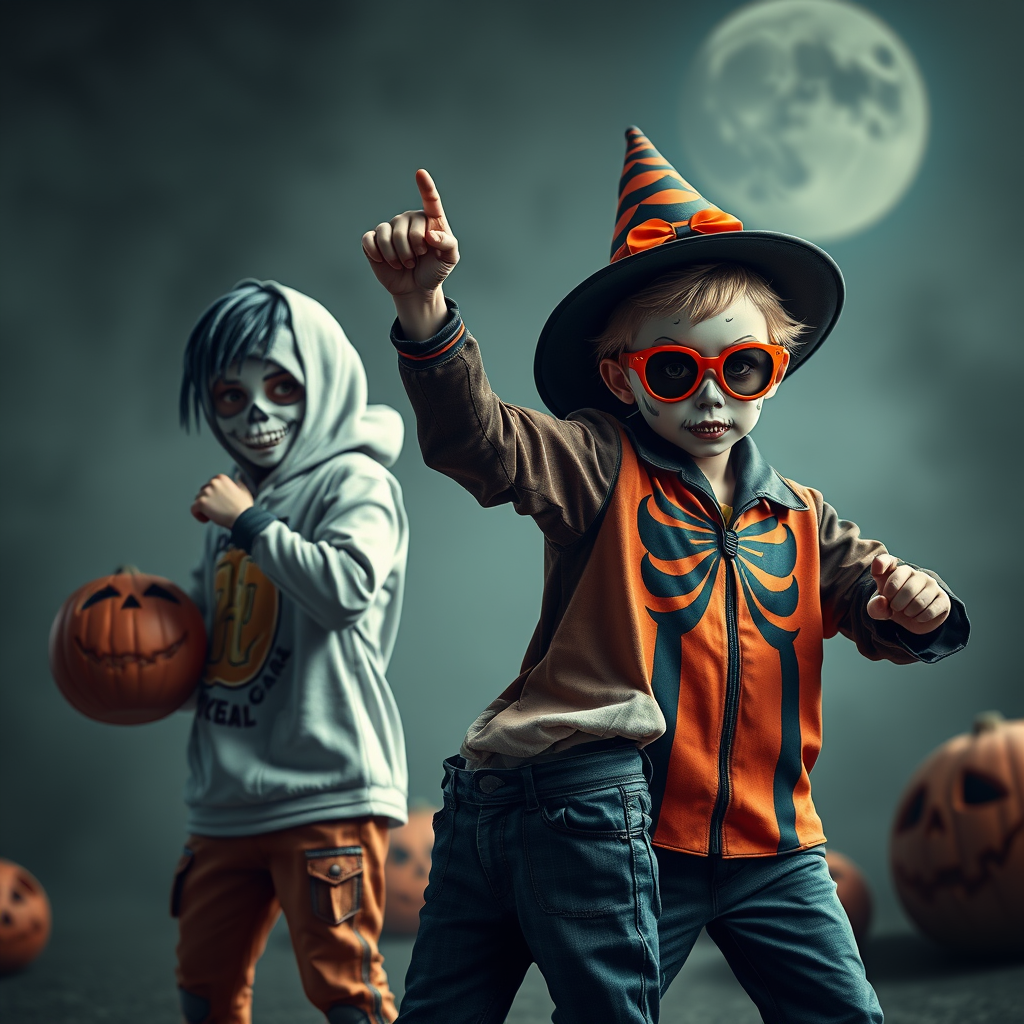
Family Costume Rituals That Bond Generations
How Shared Themes Create Emotional Continuity Across Ages Why Coordinated Dress-Up Strengthens Family Identity And Seasonal Memory
Families that dress together build rituals that last. A shared costume theme—forest creatures, time travelers, or storybook characters—creates visual unity and emotional resonance. These themes allow each member to express themselves while contributing to a collective narrative. Grandparents might wear symbolic accessories, toddlers might embody simple archetypes, and teens might remix the theme with flair. Planning together becomes part of the ritual: sketching ideas, sourcing materials, and testing combinations. These moments foster collaboration, laughter, and mutual respect. Costumes become memory objects, stored and revisited year after year. Photos capture more than outfits—they capture connection. Halloween becomes a family tradition, not just a night out. The ritual deepens with each generation.
| Family Theme | Costume Variation | Age Adaptation | Emotional Outcome |
|---|---|---|---|
| Forest Creatures | Owl, fox, tree spirit | Simple to elaborate | Nature and grounding |
| Time Travelers | Past, future, alternate | Historical and sci-fi blends | Imagination and legacy |
| Storybook Ensemble | Characters from one tale | Iconic and playful | Shared narrative |
| Elemental Forces | Fire, water, earth, air | Color-coded and symbolic | Balance and identity |
| Seasonal Spirits | Autumn, harvest, moonlight | Texture and tone | Ritual and rhythm |
Costume Stations For Kids And Caregivers
How Interactive Spaces Encourage Creativity And Movement Why Hands-On Design Builds Emotional Memory And Physical Confidence
Setting up costume stations at community events or home gatherings invites children and caregivers to co-create. These stations might be fun learning stations that may include fabric scraps, safe adhesives, face paint, and symbolic props. Kids can build their own look with guidance, not instruction. The process becomes tactile, imaginative, and emotionally rich. Movement-friendly designs—like tunics, wraps, and soft masks—allow children to play without restriction. Caregivers can assist with fastening, layering, and storytelling. These stations also support sensory exploration: texture, color, and weight become part of the experience. When children help make their costume, they remember it differently. It’s not just worn—it’s lived. Halloween becomes a workshop of wonder.
| Station Element | Child Engagement Activity | Caregiver Role | Developmental Benefit |
|---|---|---|---|
| Fabric Scraps | Layering and draping | Assist with safety and fit | Sensory exploration |
| Face Paint | Symbolic markings | Guide with gentle technique | Emotional expression |
| Prop Table | Wand, staff, satchel | Help with storytelling | Narrative play |
| Costume Sketch Pad | Draw and plan ideas | Encourage imagination | Visual literacy |
| Movement Test Zone | Try running, jumping, dancing | Observe and adjust fit | Physical confidence |
Memory-Making Through Costume Photography
How Visual Documentation Reinforces Emotional Rituals Why Capturing The Look Matters As Much As Creating It
Photographs of Halloween costumes do more than record—they preserve emotional states. A child in a handmade dragon suit, a teen in a thrifted cloak, a parent in symbolic garb—all become part of a visual archive. These images evoke laughter, pride, and nostalgia. Families can create annual photo rituals: same backdrop, same pose, evolving costumes. Community events might offer themed photo booths with props and seasonal lighting. Teens can curate their own shoots, exploring angles, mood, and symbolism. These photos become memory anchors, revisited in scrapbooks, slideshows, or digital albums. They remind us not just of what we wore, but how we felt. Halloween becomes a visual diary of transformation.
| Photo Ritual Type | Costume Context | Emotional Function | Memory Value |
|---|---|---|---|
| Annual Family Portrait | Coordinated theme | Continuity and pride | Intergenerational bonding |
| Solo Teen Shoot | Self-styled costume | Autonomy and mood | Identity exploration |
| Community Booth | Props and backdrop | Celebration and play | Social memory |
| Before-And-After | Planning vs. final look | Process and growth | Creative documentation |
| Action Shot | Movement in costume | Energy and joy | Embodied memory |
Symbolic Accessories For Emotional Depth
How Small Details Add Meaning To Costume Design Why Props And Adornments Matter In Storytelling And Ritual
Accessories often carry the deepest symbolism. A necklace might represent lineage, a belt might signify containment, a mask might evoke transformation. For children and teens, these elements offer emotional anchors. They can be chosen, crafted, or inherited. Families might pass down costume accessories as heirlooms, adding layers of meaning. Teens might design their own props to reflect personal narratives. Accessories also support sensory regulation—weighted items, soft textures, or familiar shapes can soothe and focus. When chosen with care, these details elevate the costume from outfit to ritual object. Halloween becomes a space for symbolic literacy and emotional resonance.
| Accessory Type | Symbolic Function | Age Adaptation | Emotional Outcome |
|---|---|---|---|
| Necklace Or Amulet | Lineage, protection | Lightweight and safe | Connection and grounding |
| Belt Or Sash | Containment, strength | Adjustable and soft | Focus and stability |
| Mask Or Veil | Transformation, mystery | Breathable and secure | Identity and play |
| Staff Or Wand | Power, guidance | Foam or cardboard | Imagination and agency |
| Satchel Or Pouch | Journey, preparation | Easy to carry | Autonomy and readiness |
Teen-Led Costume Workshops
How Peer Leadership Builds Confidence And Community Why Giving Teens Creative Authority Strengthens Ritual Engagement
Teenagers thrive when given space to lead. Costume workshops led by teens—whether in schools, clubs, or neighborhoods—offer opportunities for mentorship, creativity, and collaboration. These workshops might include design tutorials, thrift styling challenges, or symbolic storytelling sessions. Younger children benefit from seeing older peers model expressive confidence. Teens gain leadership experience and emotional validation. Workshops can be structured around themes: elemental forces, historical eras, or abstract moods. Materials should be accessible, safe, and open-ended. The goal is not to teach perfection, but to facilitate exploration. When teens lead, they shape the culture of Halloween for the next generation. The rituals can become tradition and become theirs to carry forward.
| Workshop Format | Teen Leadership Role | Participant Benefit | Cultural Impact |
|---|---|---|---|
| Design Tutorial | Teach layering and styling | Skill-building and autonomy | Creative literacy |
| Thrift Challenge | Curate looks from secondhand | Resourcefulness and play | Sustainable fashion |
| Symbolic Storytelling | Explain costume meaning | Emotional depth | Ritual awareness |
| Movement Integration | Choreograph costume gestures | Physical confidence | Embodied expression |
| Feedback Circle | Share and reflect | Validation and bonding | Community cohesion |
Seasonal Costume Archives For Families
How Saving And Reusing Costumes Builds Emotional Continuity Why Preservation Creates A Living Record Of Ritual And Identity
Costumes don’t have to vanish after Halloween—they can evolve. Families who archive costumes build a visual and tactile history of their shared imagination. A dragon tail worn by a toddler might become a scarf for a teen’s wizard look years later. A parent’s old cloak might be repurposed into a child’s cape or mask. These transformations create continuity across time, linking past celebrations to present creativity. Storage can be simple: labeled boxes, breathable garment bags, or digital photo logs. Each item becomes a memory object, carrying the energy of the night it was worn. Teens can curate their own costume timelines, reflecting growth and shifting identity. Parents can revisit early years through fabric, not just photos. Halloween becomes a seasonal archive—alive, layered, and deeply personal.
| Archiving Method | Costume Element Preserved | Emotional Value | Reuse Potential |
|---|---|---|---|
| Labeled Storage Box | Full outfits or accessories | Memory and nostalgia | High |
| Digital Costume Log | Photos with notes | Visual storytelling | Medium |
| Fabric Swatch Book | Snippets from old costumes | Texture and symbolism | Low |
| Heirloom Rotation | Passed-down pieces | Legacy and connection | High |
| Annual Reuse Ritual | Reimagined looks | Continuity and creativity | High |
Costume Story Circles For Families
How Sharing The Meaning Behind A Look Builds Emotional Literacy Why Storytelling Deepens The Ritual Of Dress-Up
Behind every costume is a story—real, imagined, or somewhere in between. Hosting a costume story circle allows each family member to explain their look: what it represents, how it was made, and why it matters. This practice builds emotional literacy, especially for children and teens. It also invites reflection and connection across generations. A grandparent might share why they wore a cloak of stars; a child might explain their cardboard robot’s secret mission. These stories can be recorded, written down, or simply remembered. They turn costumes into narrative artifacts. The circle can happen before trick-or-treating or as a closing ritual. It’s not about performance—it’s about presence. Halloween becomes a night of shared mythmaking, not just candy collection.
| Story Element | Costume Connection | Emotional Function | Family Benefit |
|---|---|---|---|
| Character Backstory | Who the costume represents | Identity and imagination | Shared understanding |
| Creation Journey | How it was made or found | Pride and process | Skill appreciation |
| Symbolic Meaning | What it represents emotionally | Depth and reflection | Emotional bonding |
| Memory Association | Past Halloweens or events | Continuity and nostalgia | Intergenerational connection |
| Future Intention | How it might evolve | Growth and curiosity | Long-term engagement |
Neighborhood Costume Parades With Purpose
How Local Events Can Celebrate Creativity And Community Why Walking Together In Costume Builds Belonging And Joy
A neighborhood costume parade is more than a stroll—it’s a moving ritual. When families walk together in costume, they transform sidewalks into stages. These parades can be themed, open-ended, or symbolic. They offer a chance for children to show off their creations, for teens to perform their roles, and for adults to participate without pressure. Local organizers can include music, storytelling stops, or costume awards that celebrate originality and reuse. The route becomes a shared space of celebration, not just transit. Parades also support visibility—neighbors see each other in new, playful ways. They foster safety, connection, and seasonal rhythm. When done annually, they become part of the neighborhood’s cultural fabric. Halloween becomes a walk of wonder.
| Parade Feature | Community Role | Participant Experience | Cultural Outcome |
|---|---|---|---|
| Themed Route Stops | Storytelling or music stations | Immersive and interactive | Seasonal atmosphere |
| Costume Awards | Creativity, reuse, symbolism | Recognition and pride | Value reinforcement |
| Family Participation | All ages walk together | Bonding and visibility | Intergenerational unity |
| Local Partnerships | Shops, schools, libraries | Support and outreach | Community cohesion |
| Annual Tradition | Same date or route each year | Anticipation and memory | Cultural continuity |
Costume Inclusion And Disability Empowerment
How Adaptive Design Makes Halloween More Accessible And Expressive Why Every Body Deserves To Participate In Ritual, Movement, And Symbolic Play
Halloween should be a celebration for everyone, but traditional costume design often excludes disabled participants. Tight seams, rigid masks, and inaccessible fastenings can turn dress-up into discomfort. Adaptive costumes prioritize mobility, sensory comfort, and personal expression. A wheelchair can become a chariot, a spaceship, or a forest throne—transforming necessity into narrative. Sensory-friendly fabrics, magnetic closures, and modular layers allow for customization without compromise. Families and designers can collaborate with disabled individuals to co-create looks that reflect both identity and functionality. Sports-integrated Halloween events should include movement options for all bodies—seated relays, guided choreography, or symbolic gestures. Inclusion isn’t about accommodation alone—it’s about celebration. When disabled participants are centered in costume culture, Halloween becomes richer, deeper, and more human. Every costume tells a story, and every body deserves to be the hero.
| Adaptive Feature | Costume Application | Accessibility Benefit | Symbolic Impact |
|---|---|---|---|
| Wheelchair Integration | Chariot, throne, vehicle design | Mobility and visual storytelling | Empowerment and visibility |
| Sensory-Friendly Fabric | Soft, breathable, non-irritating | Comfort and regulation | Emotional ease |
| Magnetic Closures | Easy-to-use fastenings | Independence and safety | Confidence and autonomy |
| Modular Layers | Adjustable for temperature | Flexibility and control | Personalization and pride |
| Guided Movement Rituals | Seated or assisted gestures | Participation and rhythm | Inclusion and symbolic play |
Symbolic Color Palettes For Costume Design
How Color Choices Shape Mood, Meaning, And Movement Why Families And Teens Should Design With Intentional Hues
Color is one of the most powerful tools in costume design. It shapes mood, signals archetypes, and creates visual coherence. Families can choose a shared palette—like forest tones, moonlight hues, or firelight reds—to unify their costumes without matching exactly. Teens might select colors that reflect their emotional state or symbolic role. Children can explore how color feels: blue for calm, gold for courage, green for growth. These choices deepen the storytelling of the costume. They also support sensory awareness—some children may prefer muted tones, while others thrive in bold contrasts. Color becomes a language of the body. When used intentionally, it transforms fabric into feeling. Halloween becomes a chromatic ritual.
| Color Theme | Symbolic Mood | Costume Application | Emotional Effect |
|---|---|---|---|
| Forest Tones | Grounding, mystery | Greens, browns, moss textures | Calm and connection |
| Moonlight Palette | Reflection, intuition | Silvers, whites, soft blues | Stillness and clarity |
| Firelight Reds | Energy, transformation | Oranges, reds, gold accents | Warmth and courage |
| Oceanic Blues | Depth, movement | Teals, navies, flowing shapes | Fluidity and focus |
| Harvest Neutrals | Simplicity, ritual | Beiges, rusts, soft blacks | Earthiness and tradition |
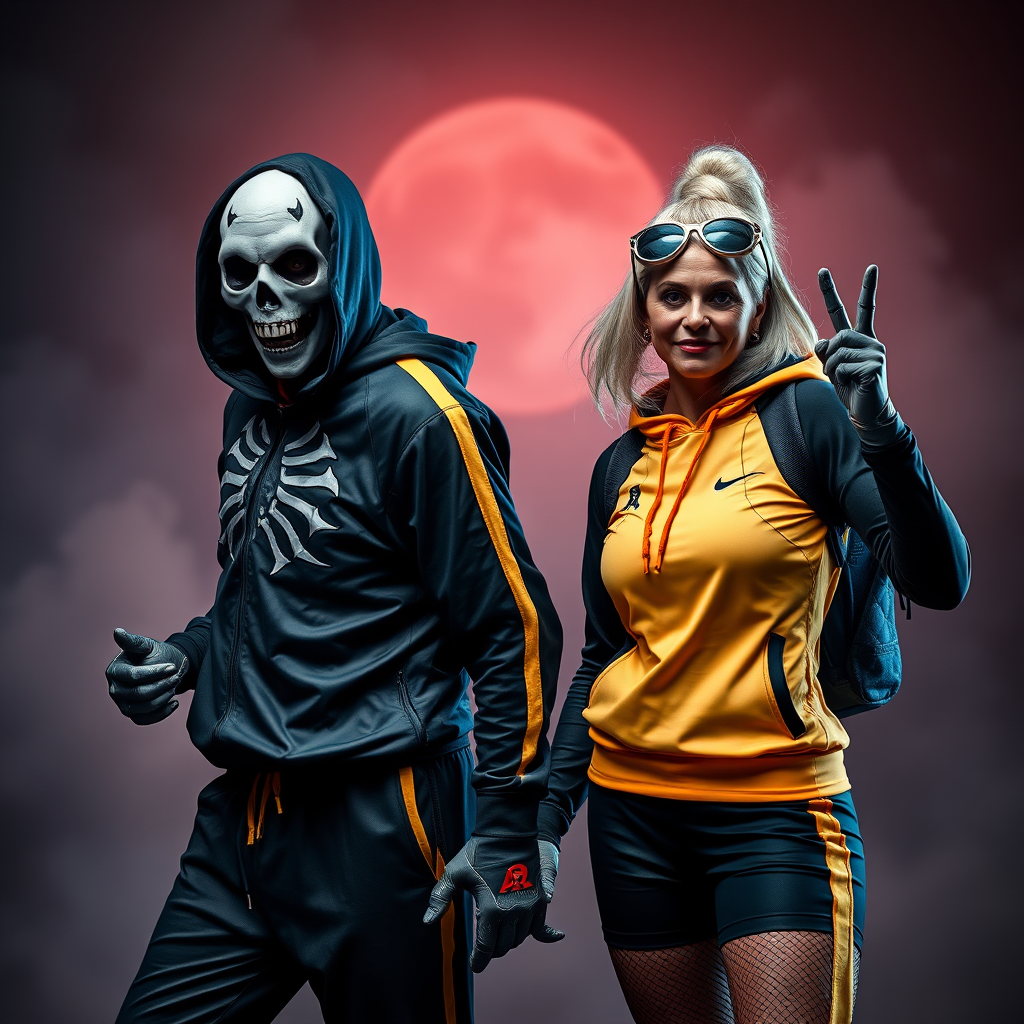
Closing Rituals That Mark The End Of Halloween
How Families Can Transition From Celebration To Reflection Why Ending With Intention Deepens The Meaning Of The Night
The end of Halloween often feels abrupt—costumes off, candy sorted, lights out. But closing rituals can help families transition with care. A candlelit circle, a shared story, or a symbolic gesture (like hanging up a mask) can mark the shift. Teens might journal about their costume’s meaning or sketch next year’s idea. Children can help fold and store costume pieces, reinforcing care and continuity. Parents might share a memory from their own childhood Halloweens. These rituals don’t need to be long—they need to be meaningful. They help the body and mind settle after excitement. They also teach that celebration includes reflection. Halloween becomes not just a burst of energy, but a cycle of preparation, performance, and pause.
| Closing Ritual | Family Role | Emotional Function | Seasonal Benefit |
|---|---|---|---|
| Candle Circle | Gather and reflect | Calm and connection | Emotional closure |
| Costume Storage | Fold and archive together | Care and continuity | Preservation and planning |
| Story Sharing | Favorite moment of the night | Memory and bonding | Narrative reinforcement |
| Sketching Next Year | Teens and kids brainstorm | Creativity and anticipation | Ritual continuity |
| Gratitude Gesture | Thank the costume or night | Respect and presence | Symbolic closure |
Conclusion – A Season Worth Sharing
Why Halloween And Sports Belong Together In Ritual, Movement, And Meaning How Seasonal Integration Can Transform Both Traditions Into Something More Lasting
Halloween and sports are both about transformation—of the body, the self, and the community. When brought together with care, they create new rituals that are joyful, inclusive, and emotionally rich. From themed games and symbolic costumes to youth clinics and narrative branding, the possibilities are vast. These integrations don’t dilute anything but may enhance the pressence of sport or the spirit of Halloween—they may deepen both together. They invite us to move with intention, to dress with meaning, and to gather with purpose. Sports become more than competition; Halloween becomes more than decoration. Together, they offer a model for seasonal celebration that is active, expressive, and culturally resonant. This isn’t just about fun—it’s about memory, identity, and shared experience. When we treat Halloween and sports as partners, we create something that lasts beyond the final whistle or the last piece of candy. We create a ritual worth repeating.
Join The Conversation
Share Your Rituals, Your Movements, And The Moments That Made Halloween And Sports Come Alive
What costume made you feel powerful on the field? What game became more than competition because of the season’s spirit? What gesture, chant, or celebration turned into a ritual worth repeating?
#HalloweenSportsCulture #SeasonalSynergy #Costumes #Sports #CostumeAndCompetition #MovementWithMeaning #InclusiveAthletics #Halloween #SymbolicPlay #RitualInMotion #DressToCompete #CommunityThroughCostume #CelebrateWithCare
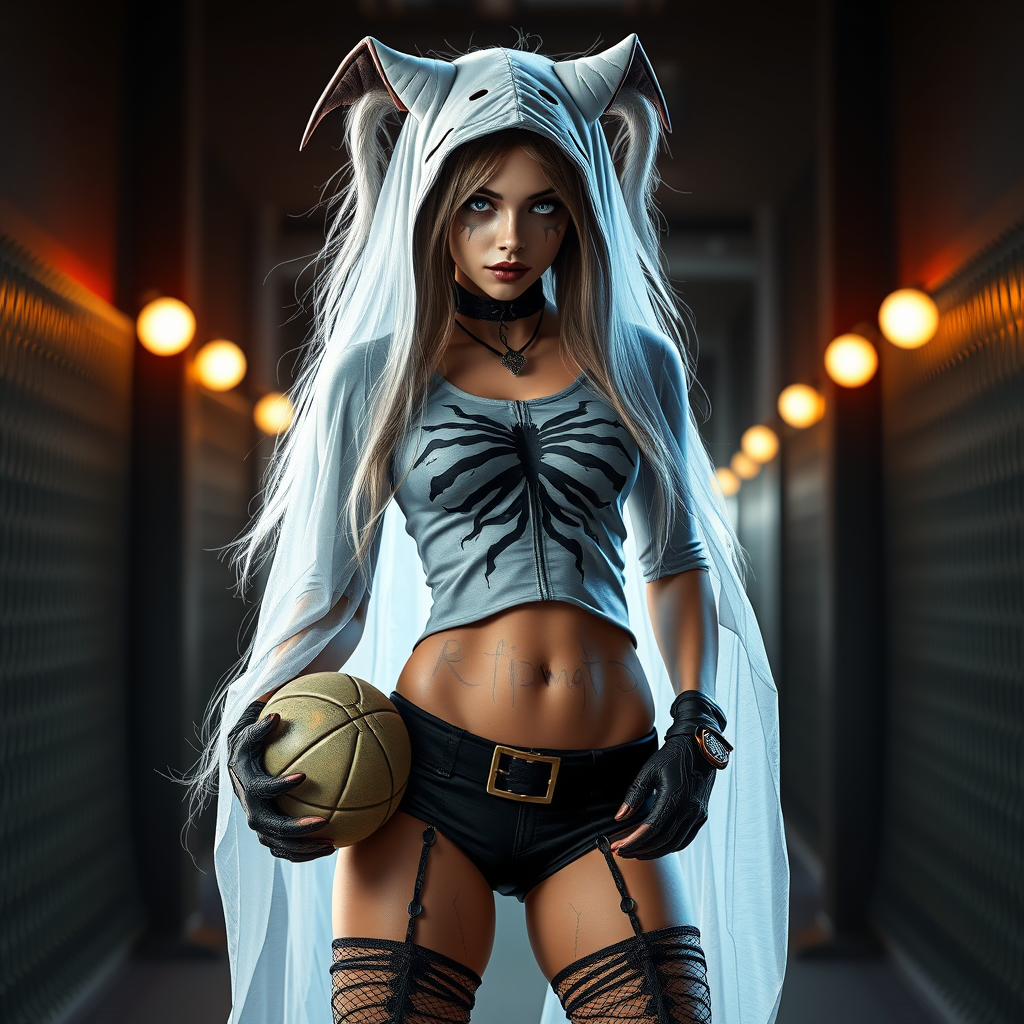
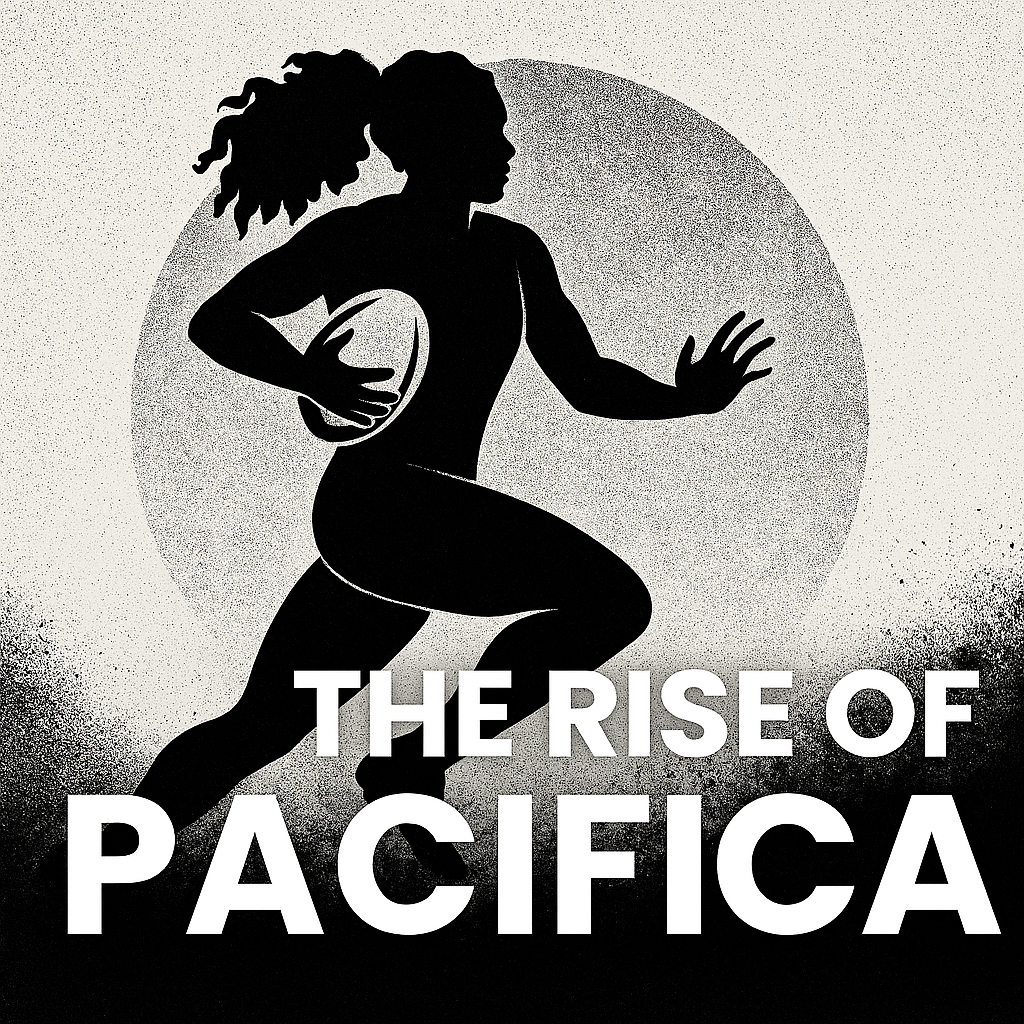
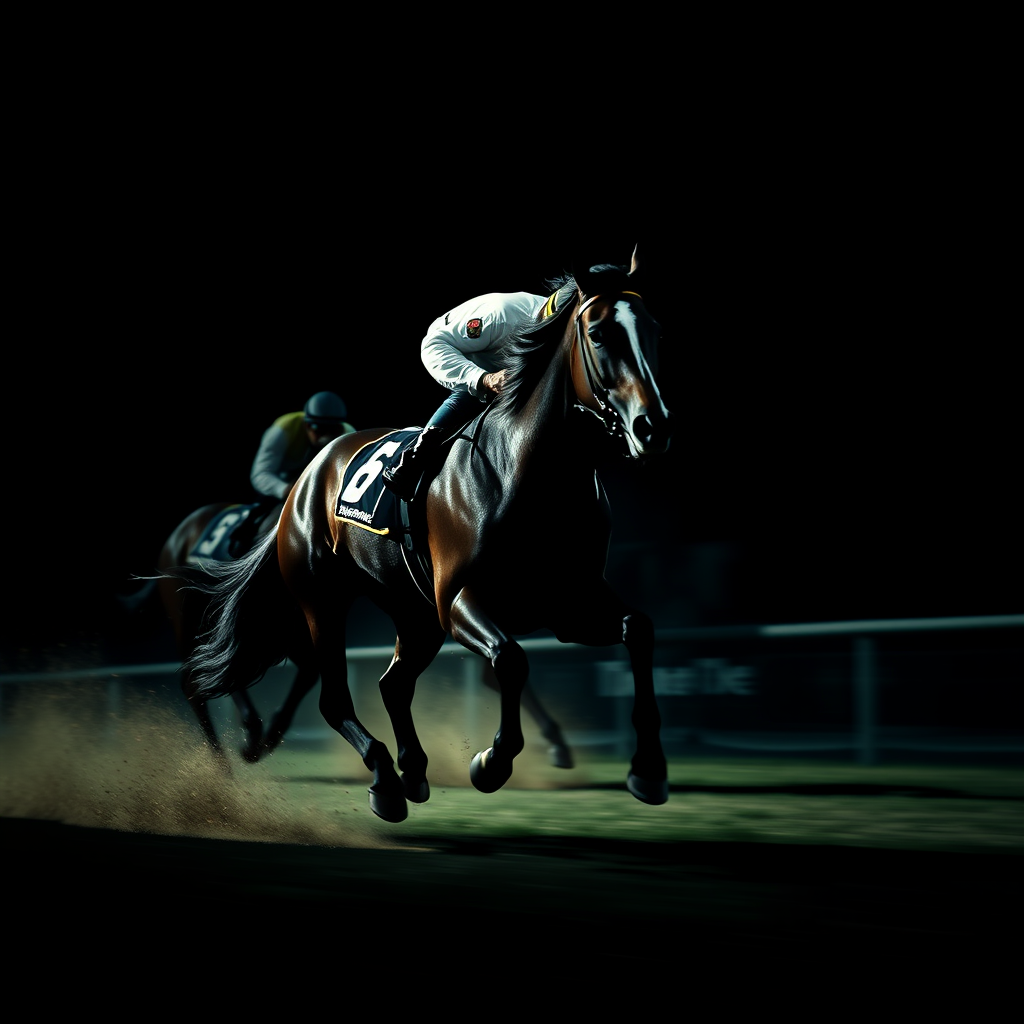
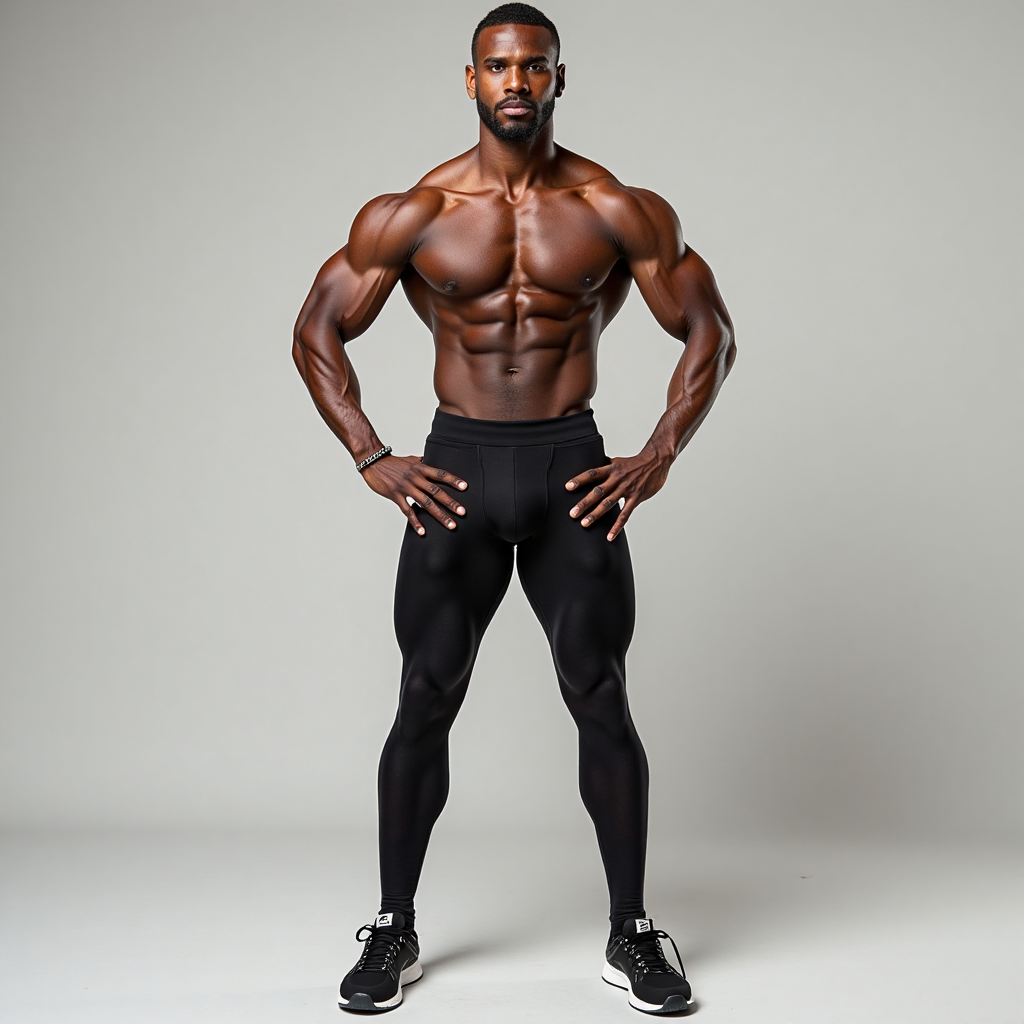
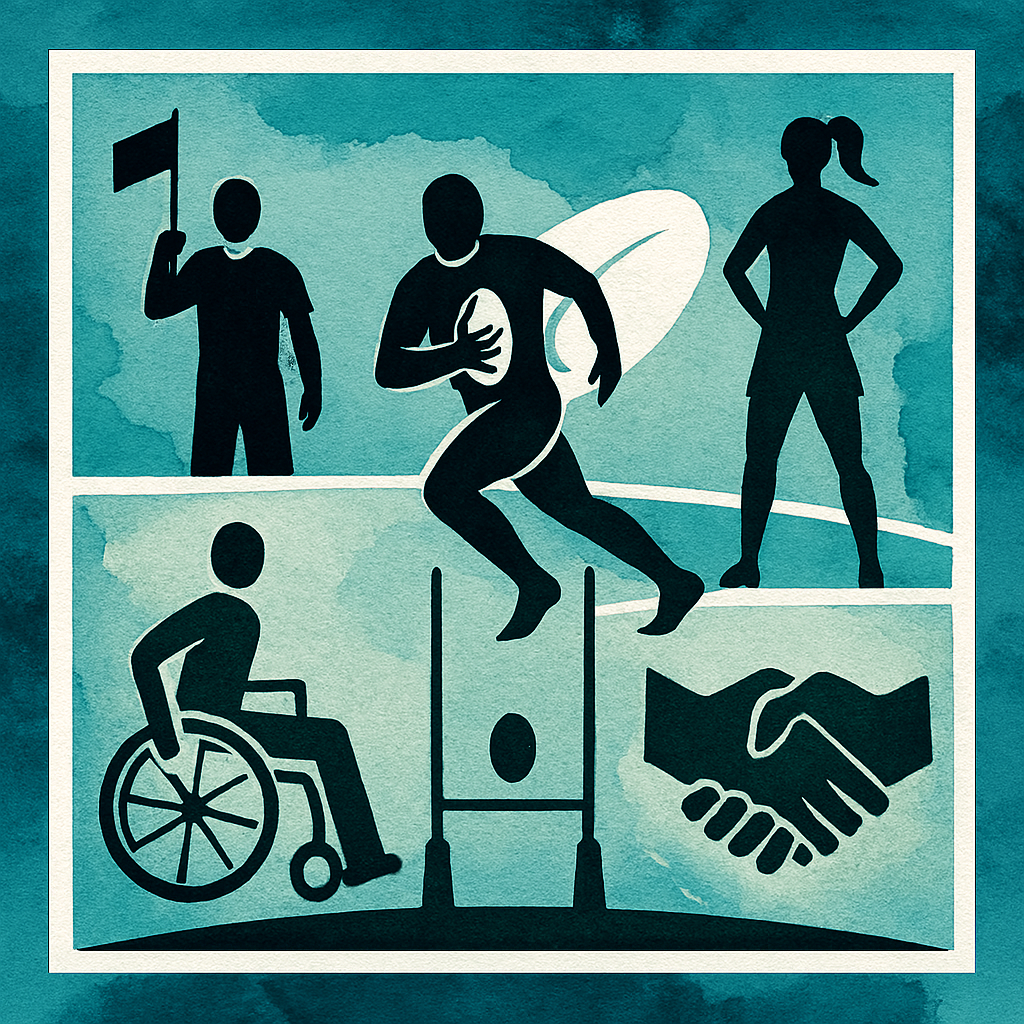
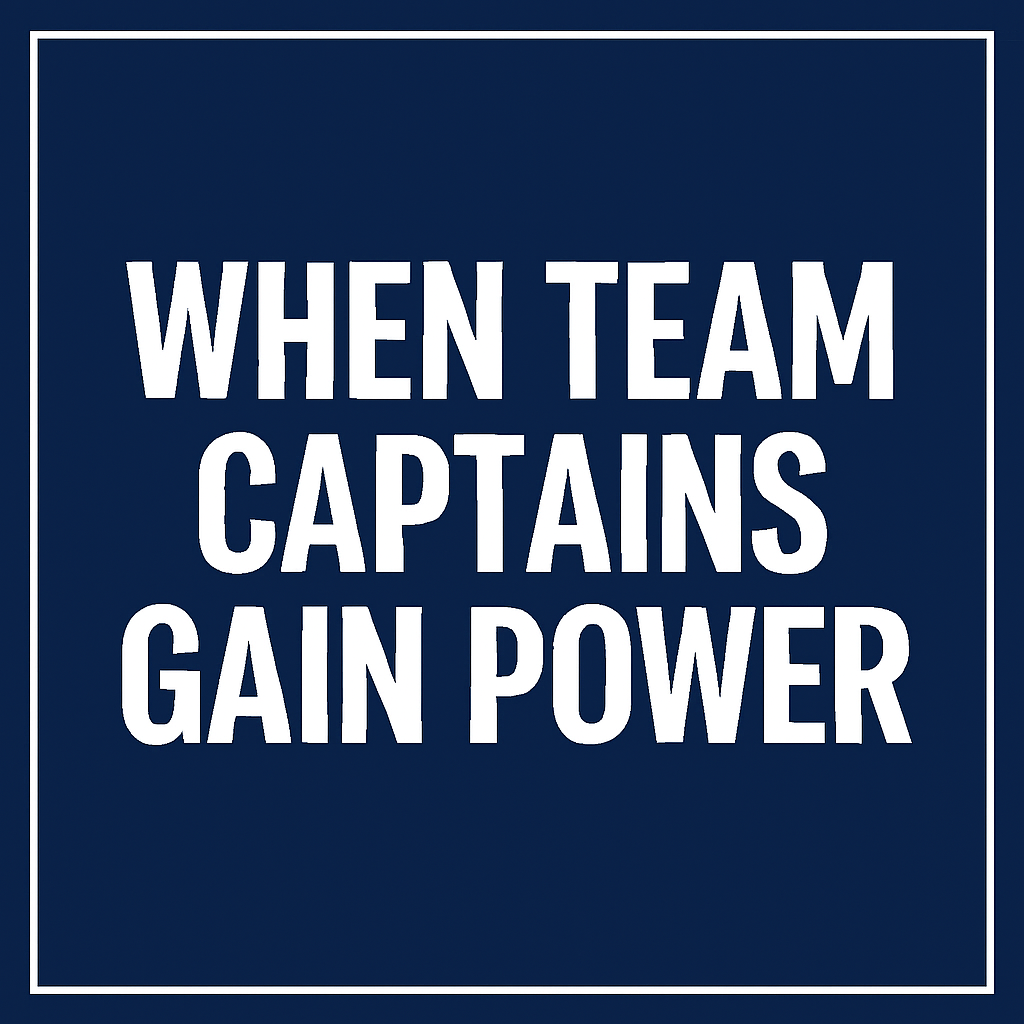
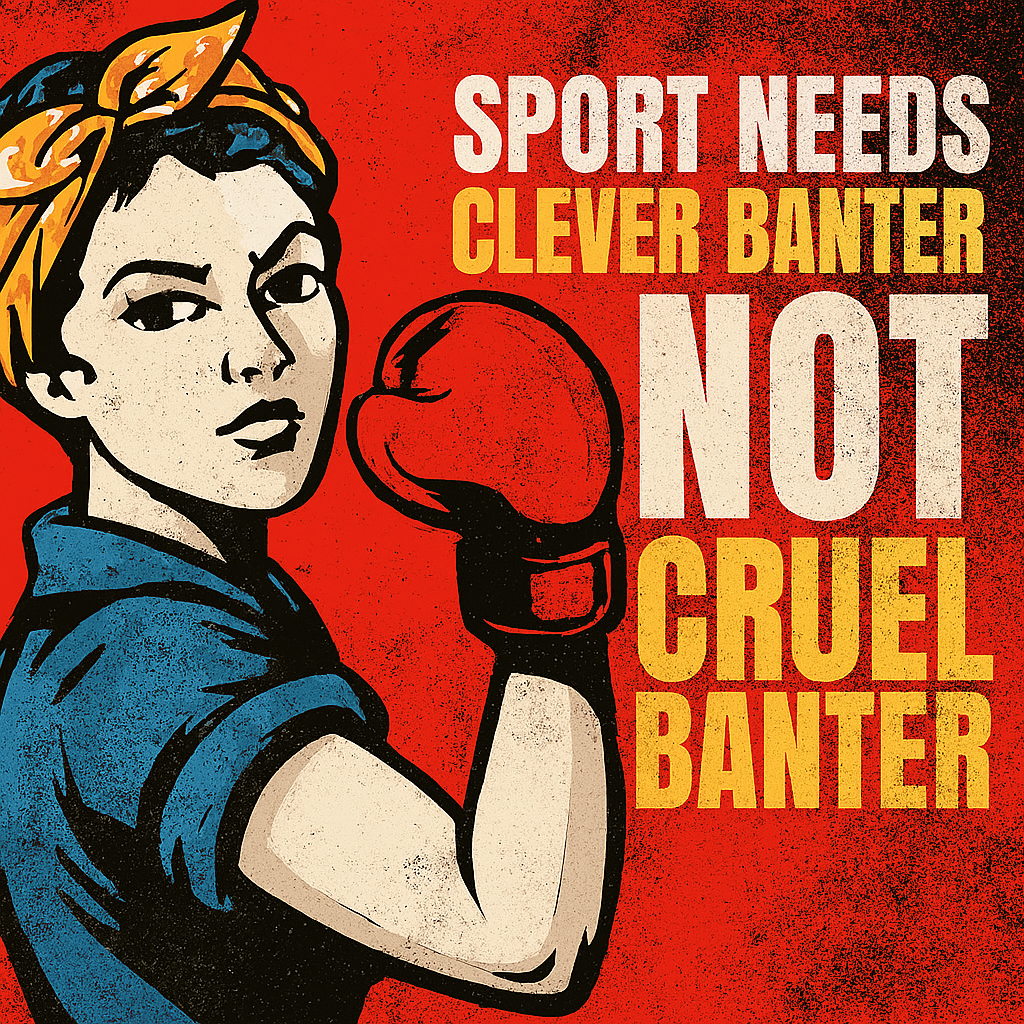
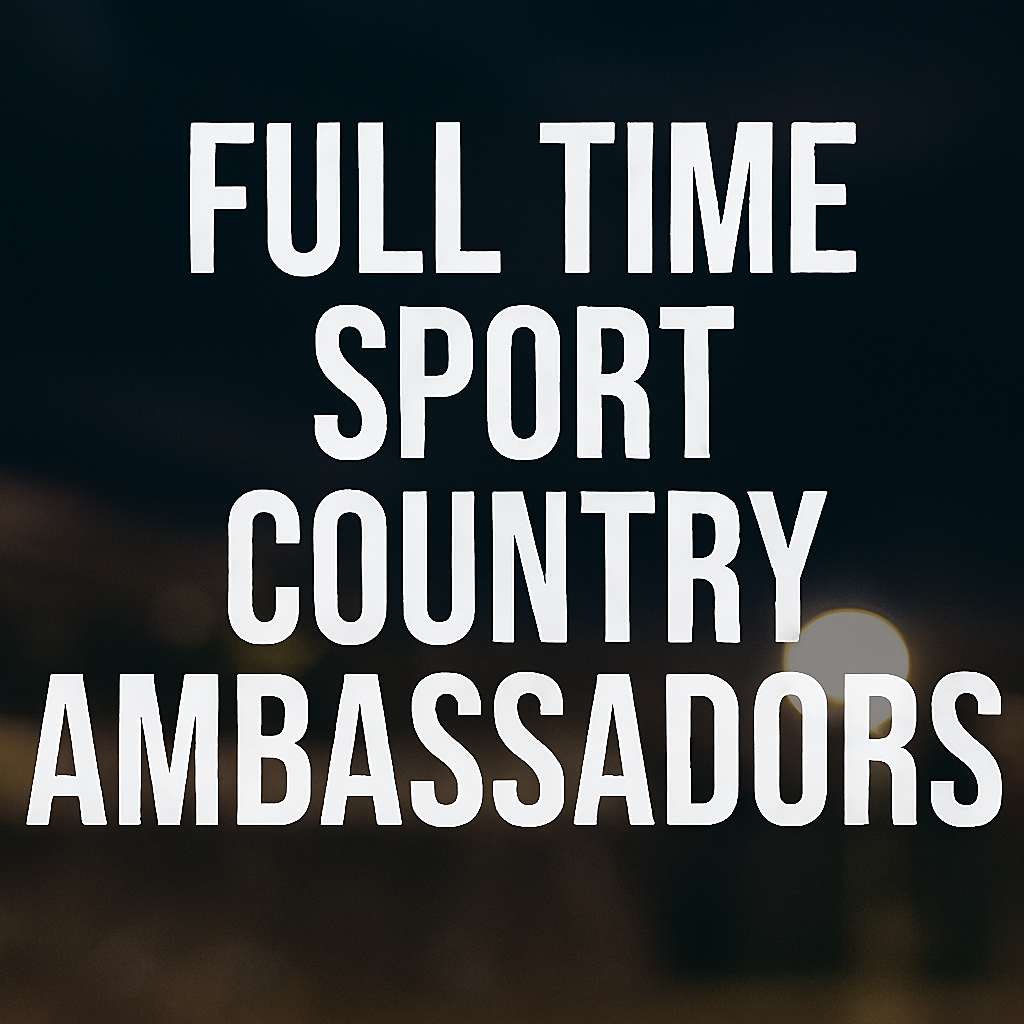
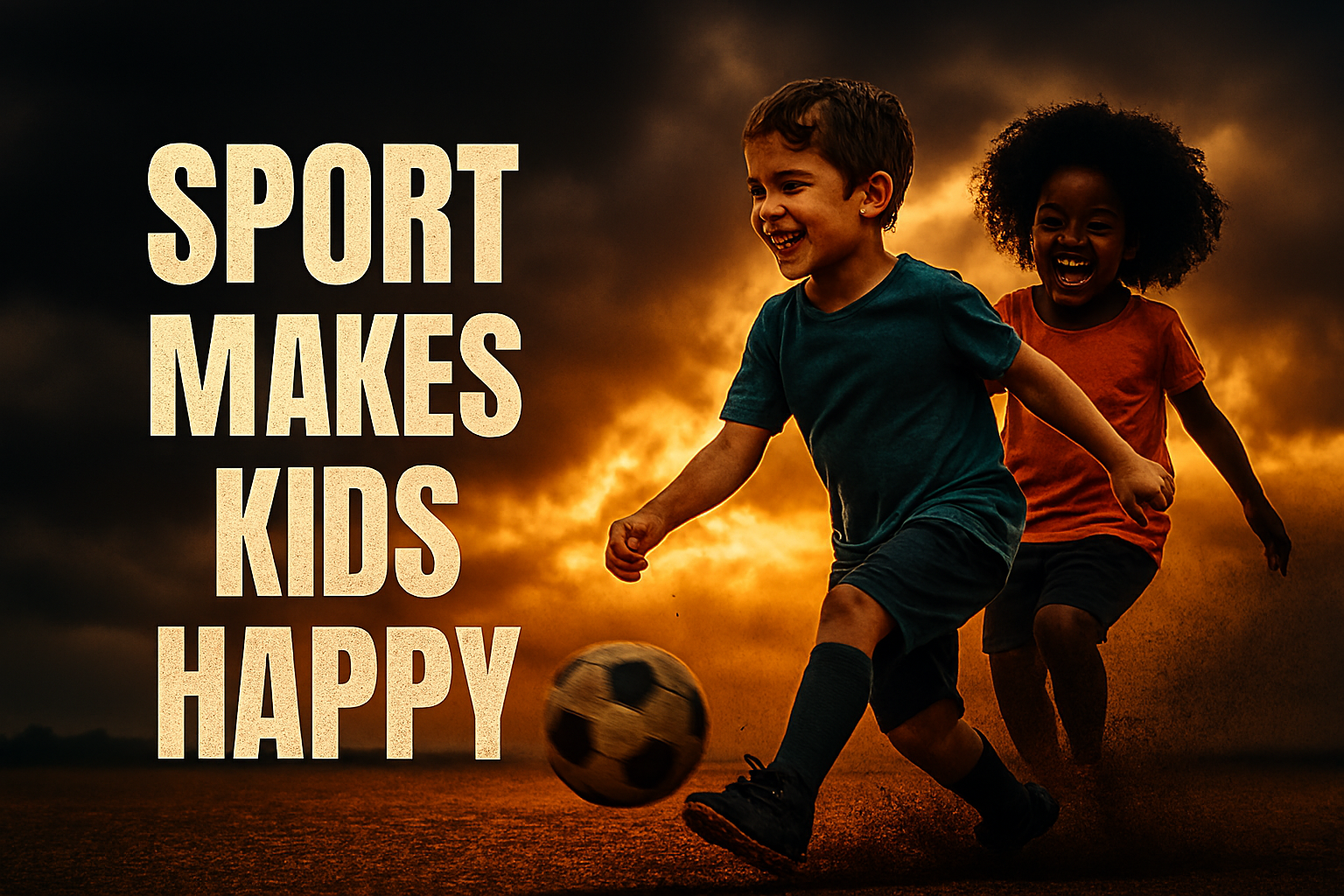

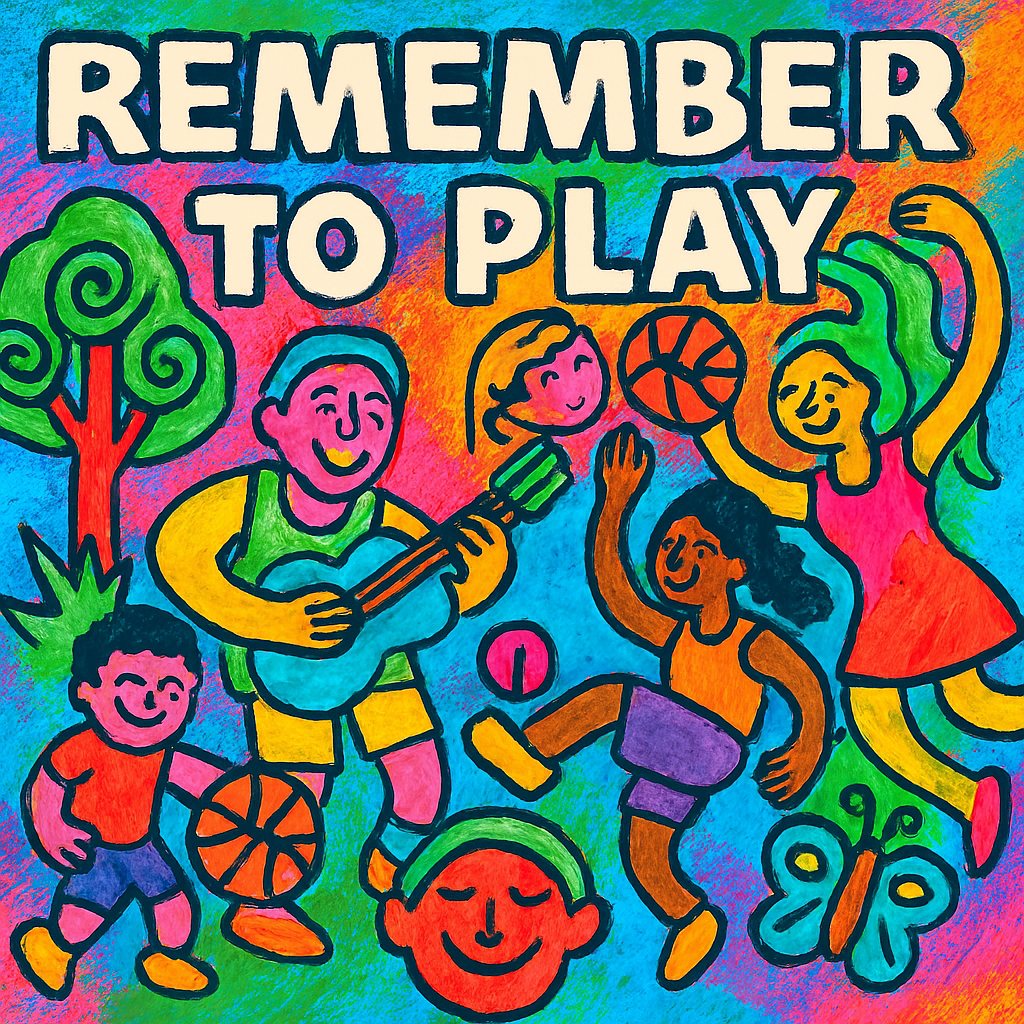
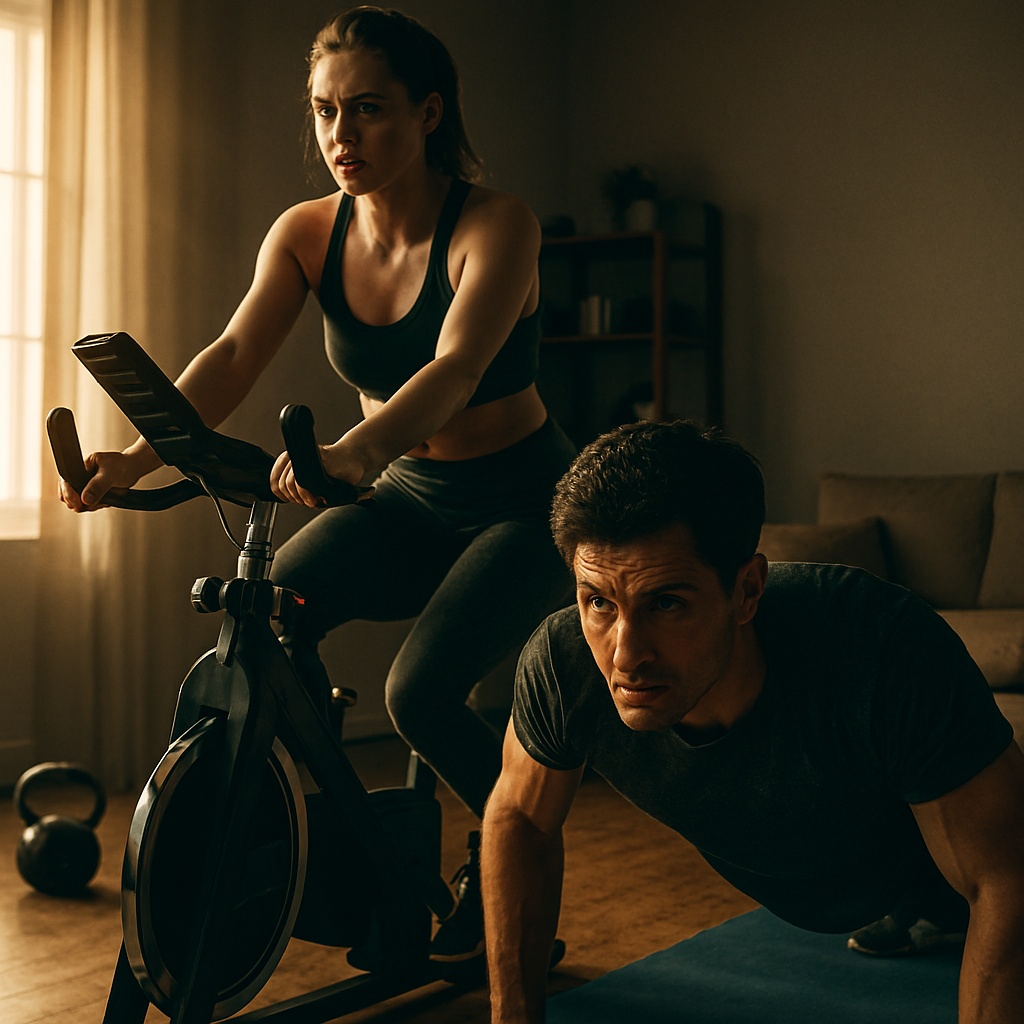

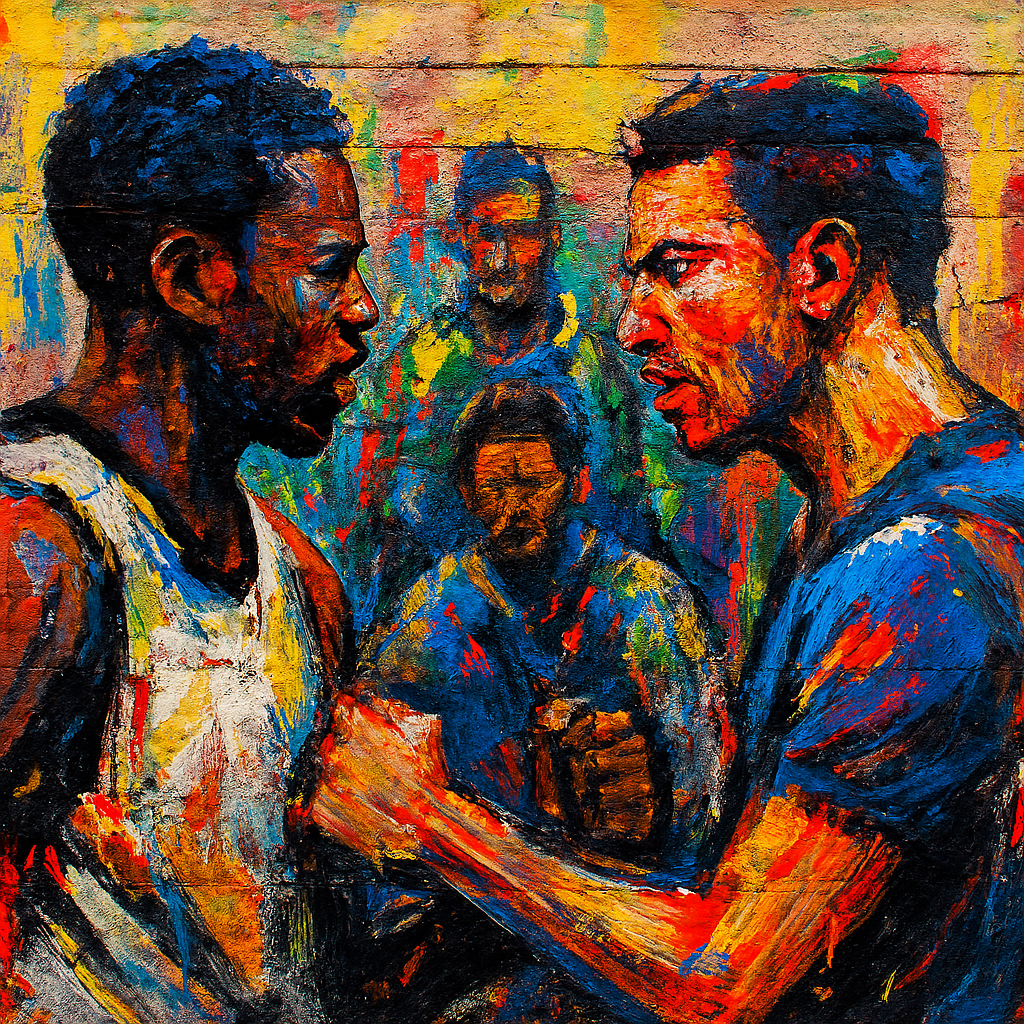
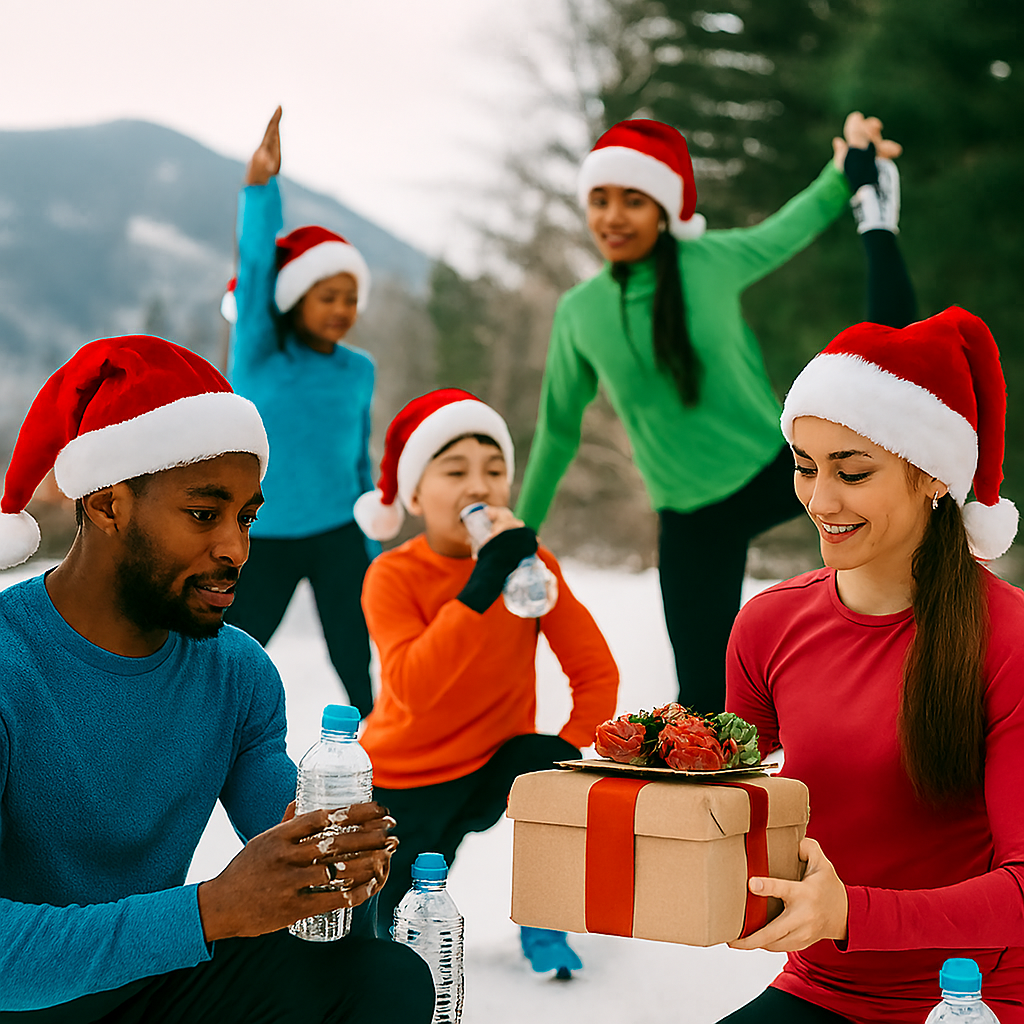
Leave a Reply